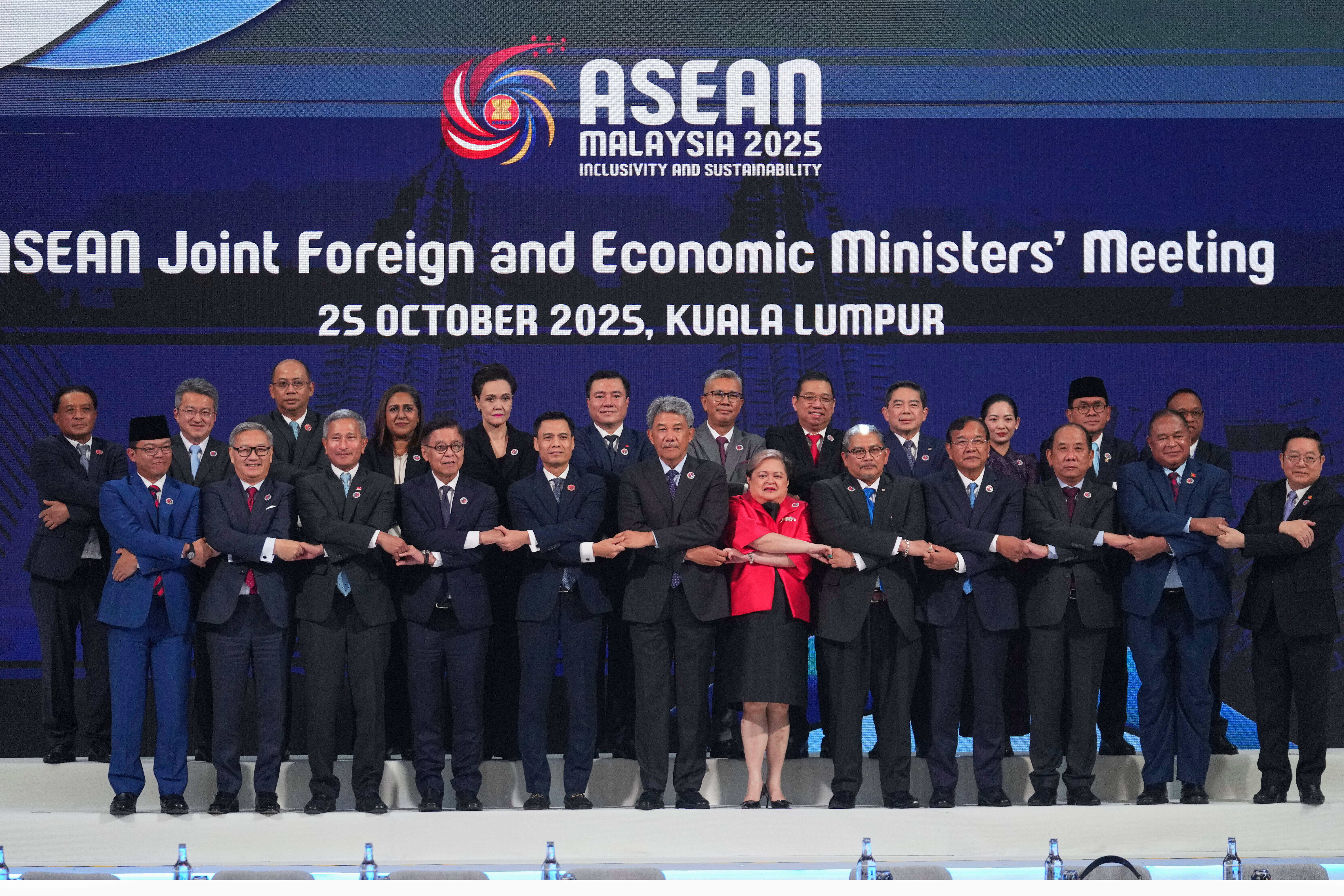What's Happening?
The U.S. Federal Reserve is considering the development of a new type of account, referred to as a 'payment account,' which would allow non-bank firms to access Fed payment services. This initiative, announced
by Fed Governor Christopher Waller, aims to provide these firms with access to the Fed's payment infrastructure without the full range of services and backstops typically available to banks. The proposed accounts, described as 'skinny' master accounts, would be limited in size, not pay interest, and not allow for overdrafts. They would also not have access to the Fed's discount window for emergency lending but could benefit from streamlined reviews. This move is part of the Fed's effort to keep pace with rapid innovations in the payments landscape and to potentially open the system to fintechs and other firms that have faced challenges in gaining access.
Why It's Important?
The introduction of streamlined payment accounts could significantly impact the financial services industry by broadening access to the Fed's payment infrastructure. This could facilitate greater competition and innovation among fintech companies and other non-bank entities, potentially leading to more efficient and diverse payment solutions for consumers and businesses. However, it also raises questions about regulatory oversight and the potential risks of granting access to less regulated institutions. The Fed's cautious approach reflects a balance between fostering innovation and maintaining the stability and security of the financial system.
What's Next?
As the concept of payment accounts is still in the prototype stage, further discussions and evaluations are expected. The Federal Reserve will likely engage with stakeholders, including fintech companies, banks, and regulatory bodies, to refine the proposal and address any concerns. The outcome of these discussions could shape the future of payment services in the U.S., influencing how financial transactions are conducted and regulated.













